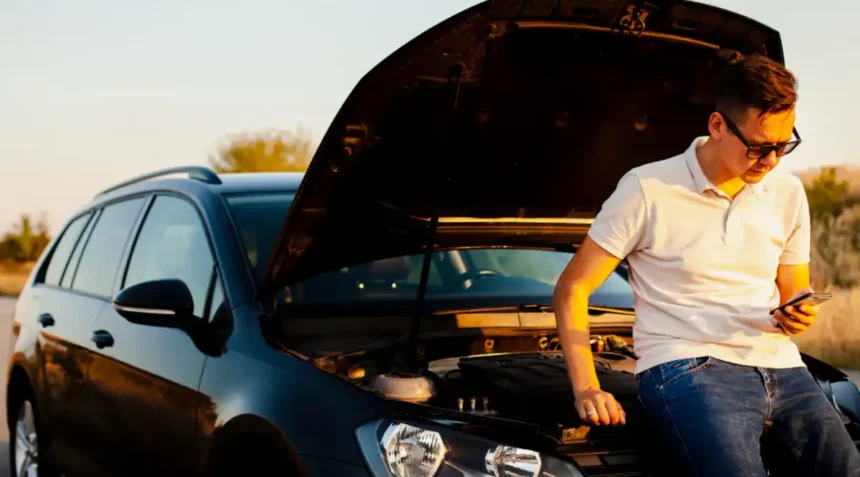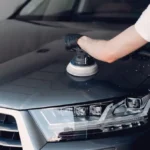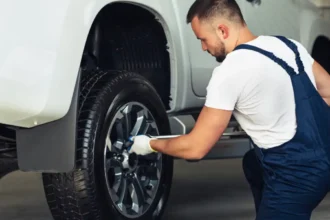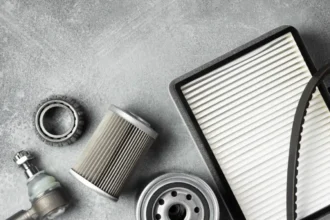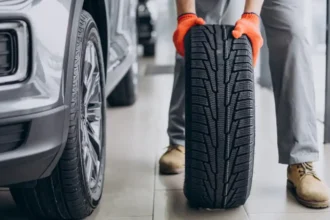Ever seen steam billowing from under your car’s hood and wondered what to do? Car overheating is a common problem many drivers face, especially in hot weather or during long trips. It can turn a regular drive into a stressful situation in no time. But don’t worry—knowing the right steps can help you handle it calmly and safely.
In this comprehensive guide, we’ll take you through exactly what to do when your car overheats. Whether you’re a seasoned driver or new to car maintenance, you’ll learn how to prevent damage, stay safe, and possibly avoid a costly repair.
Why Do Cars Overheat?
Before diving into the steps to take when your car overheats, it’s important to understand why it happens. A car’s engine generates a lot of heat during normal operation. Usually, the cooling system—comprising the radiator, coolant, thermostat, and other parts—regulates this heat. However, when any part of the cooling system malfunctions or can’t keep up, the engine overheats.
Here are some common causes:
- Low coolant levels: Coolant absorbs heat from the engine and dissipates it through the radiator.
- Faulty radiator: A blocked or broken radiator can’t cool down the engine effectively.
- Broken water pump: The pump circulates coolant through the engine, and if it fails, overheating occurs.
- Malfunctioning thermostat: If the thermostat is stuck, it may prevent coolant from flowing as needed.
- Damaged hoses: Cracks or leaks in the hoses can cause coolant to leak, leading to overheating.
Step-by-Step Guide: What to Do When Your Car Overheats
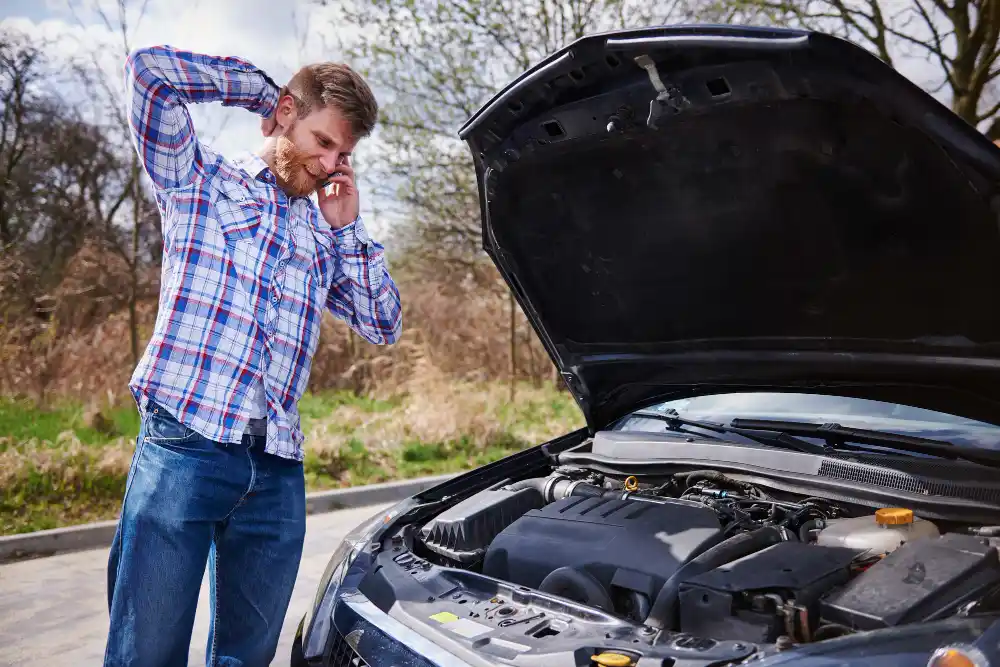
If your car’s temperature gauge spikes or you see steam, it’s essential to follow these steps to prevent serious damage.
1. Turn Off the Air Conditioning and Turn On the Heater
If you notice your car overheating, the first step is to reduce the load on the engine by turning off the air conditioning. Immediately after, turn on the heater at full blast. Why? The heater pulls heat away from the engine, cooling it down faster.
2. Pull Over to a Safe Location
Once you see signs of your car overheating, pull over safely. Find a flat, shaded spot if possible, and turn off the engine. Continuing to drive can cause irreversible engine damage. Tip: If you’re on a highway, avoid stopping in the middle of traffic. Find the nearest exit or a safe shoulder.
3. Let the Engine Cool Down
Resist the temptation to pop the hood immediately. The engine and coolant can reach extremely high temperatures, and opening the hood too soon could cause burns from steam or hot coolant. Wait about 15 to 30 minutes to let the engine cool down safely. While waiting, you can visually inspect the surroundings of the car to check for leaks under the vehicle.
4. Check Coolant Levels
Once the engine has cooled, carefully open the hood. Never touch the radiator cap while the engine is still hot—it can spray boiling coolant and steam. Use a cloth to protect your hand and slowly open the cap when it’s cool enough. Check the coolant levels in the radiator and the coolant reservoir. If levels are low, adding coolant might help you get to a service station, but it’s a temporary fix.
5. Add Coolant (If Available)
If your coolant levels are low, refill them with the proper type of coolant. If you’re in a pinch and don’t have coolant on hand, water can work temporarily. However, make sure to replace it with the correct coolant later since water alone lacks the necessary anti-corrosion and boiling protection. Note: Only add coolant when the engine is completely cooled down to prevent cracks in the engine block.
6. Restart the Engine
After topping off the coolant, restart the engine and monitor the temperature gauge. If it stays within the normal range, you may cautiously proceed to a nearby mechanic for a thorough check. However, if the gauge continues to rise, stop driving immediately. You could risk more severe engine damage, and a tow might be necessary.
Preventing Future Overheating: Regular Car Maintenance Steps
Preventing your car from overheating starts with regular car maintenance. Here are some key car maintenance steps you can take to avoid overheating in the future:
- Check Coolant Levels Regularly
Make it a habit to check your car’s coolant levels every month, especially before long trips. - Inspect Radiator Hoses for Cracks or Leaks
Cracked or leaky hoses can drain coolant and lead to overheating. Replace damaged hoses immediately. - Flush the Cooling System Periodically
Over time, coolant can break down and become less effective. Follow your car manufacturer’s recommendations for flushing the cooling system. - Test Your Thermostat and Water Pump
Have your mechanic check these critical components during regular service visits. A faulty water pump or thermostat can cause the engine to overheat without warning. - Monitor the Temperature Gauge
Be aware of your car’s temperature gauge while driving. If it starts creeping toward the red zone, take action before it escalates.
Common Signs That Your Car May Overheat
Sometimes, your car may give you warnings before it overheats. Knowing these signs can help you prevent a breakdown:
- Rising Temperature Gauge: A temperature gauge moving toward the red zone is a clear indicator of overheating.
- Steam Coming from the Hood: Steam or vapor escaping from under the hood usually signals an overheated engine.
- Strange Smells: Burning rubber or coolant has a distinct sweet odor. If you smell these, it could be due to an overheated engine or leaking coolant.
- Coolant Warning Light: Modern cars have dashboard warning lights to indicate low coolant or engine temperature issues.
FAQs: What to Do When Your Car Overheats
Q: Can I drive my car if it overheats but cools down after adding coolant?
A: Yes, you can drive it temporarily if the coolant level was the issue, but this is only a short-term solution. Have the car inspected by a mechanic as soon as possible to avoid further damage.
Q: How often should I check my car’s coolant levels?
A: It’s good practice to check your coolant levels at least once a month, especially before long trips.
Q: What happens if I keep driving while my car overheats?
A: Continuing to drive while your car overheats can cause severe engine damage, including warped cylinders and a blown head gasket, leading to expensive repairs.
Q: Can I add water instead of coolant in an emergency?
A: Yes, water can be used temporarily in an emergency, but it’s important to replace it with proper coolant as soon as possible.
Q: How long does it take for an engine to cool down after overheating?
A: It usually takes 15 to 30 minutes for an engine to cool down enough to safely check and add coolant.
Why You Should Never Ignore Car Overheating
Ignoring car overheating can result in significant and costly repairs. When a car runs too hot for too long, it can cause serious internal engine damage. Here’s why you should always act quickly when your car begins to overheat:
- Blown Head Gasket: This is one of the most expensive repairs caused by engine overheating. A blown head gasket means engine fluids like oil and coolant mix, leading to major engine issues.
- Cracked Engine Block: If the engine overheats severely, the metal parts may expand and crack, requiring a full engine replacement.
- Warped Cylinders: Overheating can warp the cylinders, causing a loss of compression, which will lead to poor engine performance and potentially the need for an engine rebuild.
By acting swiftly when your car overheats, you can prevent these major problems and extend your engine’s life.
Conclusion
Now that you know what to do when your car overheats, you’ll feel more prepared and less stressed if this situation ever arises. By following these simple steps—turning off the AC, pulling over safely, letting the engine cool, and checking your coolant levels—you can avoid serious engine damage and keep yourself safe on the road.
Read More: How to Change a Flat Tire: A Quick Guide
It’s also crucial to stay on top of regular car maintenance, like checking your coolant levels and inspecting your radiator, to prevent overheating in the first place. Remember, the faster you act when your car overheats, the more likely you’ll avoid expensive repairs and keep your car running smoothly.


